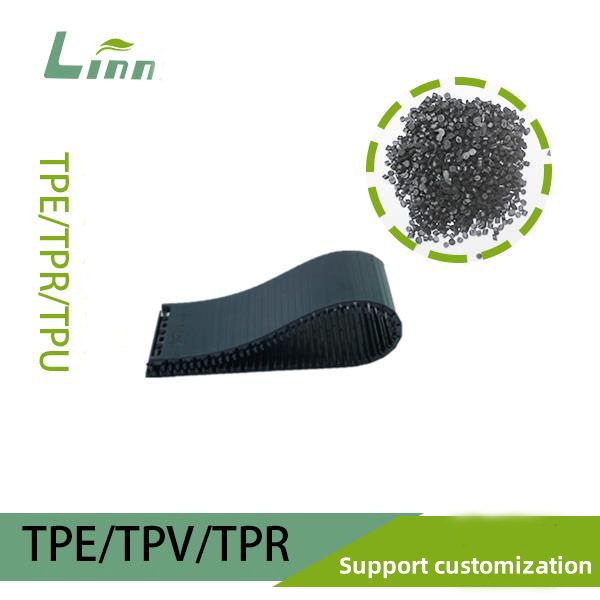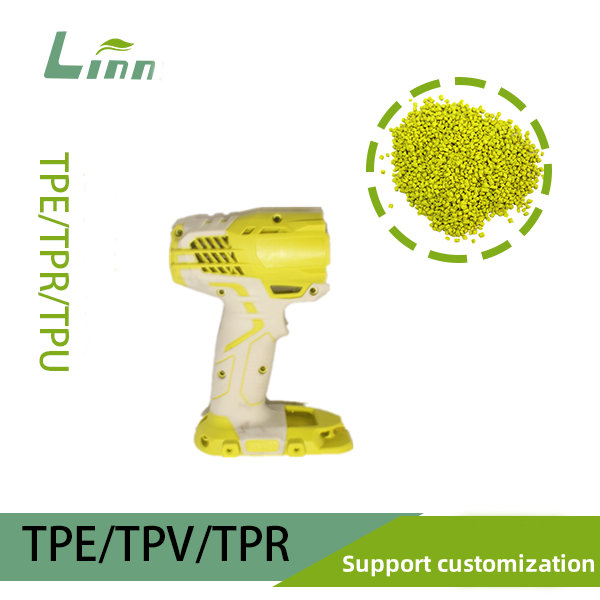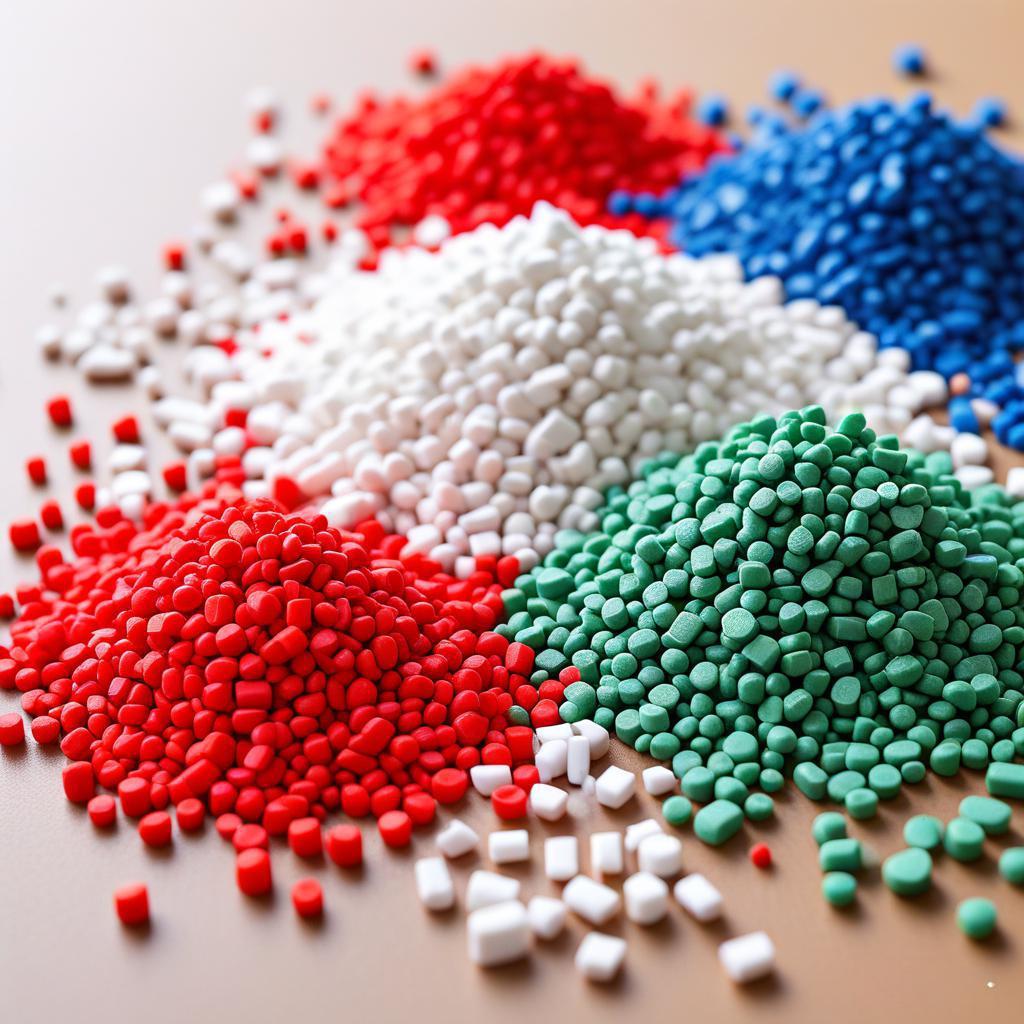Thermoplastic elastomer (TPE) materials are widely used for products that demand a balance of flexibility, resilience, and easy processability. They combine the elastic properties of rubber with the processability of thermoplastics, making them suitable for applications such as automotive seals, grips, over-moulded tools, medical components, and consumer products. Despite their advantages, one of the most common challenges manufacturers face in TPE injection moulding is brittleness. When a TPE part turns brittle, it loses elasticity, cracks easily, and fails to perform its intended function. This issue leads to increased scrap rates, quality complaints, and reduced product lifespan. Understanding the root causes of brittleness is therefore essential for anyone involved in TPE injection moulding.
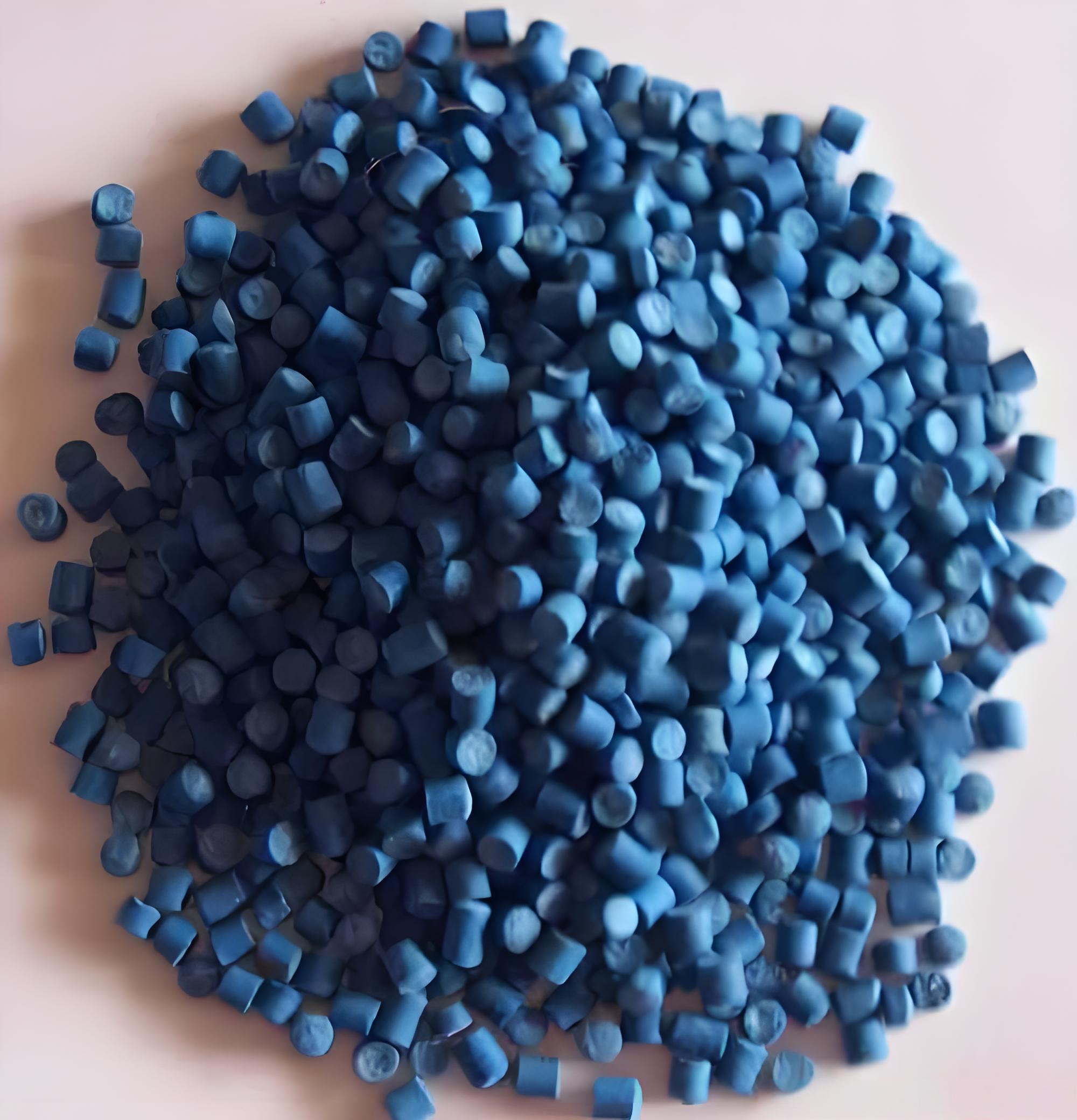
Brittleness in TPE injection-moulded products arises from a complex interaction of factors related to material composition, processing parameters, mould design, and environmental conditions. It is not merely a single-factor defect but rather the result of multiple interconnected variables. The following sections explore these factors in depth and provide practical solutions to help engineers and manufacturers prevent brittleness in production.
1. Understanding Brittleness in TPE Materials
Brittleness refers to the tendency of a material to fracture or break under stress without significant deformation. In the context of TPE injection moulding, brittleness often manifests as cracks, surface whitening, reduced elongation, or sudden breakage during or after production. Normally, TPE should remain soft and resilient. When it becomes brittle, something within the process or material structure has gone wrong.
Common signs of brittleness include:
Cracking during demoulding or post-processing
Parts breaking under minor impact or bending
Hard surface feel or reduced flexibility
Loss of rebound elasticity
Whitening at stress points
Fracture under normal service conditions
These symptoms suggest the material has lost its molecular mobility or its polymer chains have been damaged or improperly oriented. To identify why this occurs, it is critical to analyse the factors from the ground up: the raw material, the processing parameters, the mould design, and the environment.
2. Material-Related Causes of Brittleness
The foundation of a successful TPE injection-moulded product lies in choosing the right compound and maintaining its integrity throughout processing. Poor material selection or degradation is one of the most common causes of brittleness.
| Cause | Mechanism | Effect | Corrective Action |
|---|---|---|---|
| Wrong TPE grade selection | The chosen compound does not suit the mechanical, temperature, or chemical requirements. | Cracking, poor flexibility, surface stress marks. | Select a grade with higher elongation and impact strength; consult the supplier’s data sheet. |
| Thermal or oxidative degradation | Over-shearing or long residence time breaks polymer chains, lowering molecular weight. | Dark colour, burnt smell, brittle surface. | Control melt temperature, minimise residence time, purge barrel regularly. |
| Excess recycled or reground material | Regrind often contains degraded polymer chains. | Reduced toughness, inconsistent performance. | Limit regrind content to below 20 %, re-test impact strength. |
| Moisture or contamination | Residual moisture leads to hydrolysis or voids; contamination disrupts polymer bonding. | Foaming, micro-voids, surface defects. | Dry resin properly, maintain clean material feed system. |
| Filler or additive incompatibility | Poor bonding between filler and matrix, or migration of plasticiser. | Weak interfacial strength, micro-cracks. | Optimise formulation; ensure compatibiliser or surface treatment is applied. |
The integrity of the polymer chain is the key. Once molecular weight decreases due to thermal degradation or chemical attack, the TPE loses elasticity and becomes fragile. Therefore, maintaining the material’s structure through proper handling, drying, and compounding is the first defence against brittleness.
3. Processing-Related Causes
Even with the correct material, inappropriate injection-moulding parameters can easily cause brittleness. TPEs are sensitive to processing conditions such as temperature, injection speed, and cooling rate.
| Parameter Issue | Effect on Brittleness | Physical Mechanism | Recommended Action |
|---|---|---|---|
| Low melt temperature | Poor molecular fusion, weak weld lines. | Incomplete melting results in low entanglement of polymer chains. | Increase melt temperature gradually and ensure consistent heating zones. |
| Excessive shear rate or high screw speed | Thermal degradation, loss of molecular weight. | Overheating due to frictional shear. | Lower screw speed, reduce back pressure. |
| Insufficient injection pressure or packing | Internal voids, micro-cracks. | Air pockets and poor fusion between flow fronts. | Optimise pressure curve, adjust holding time. |
| Short cooling cycle or premature ejection | Residual stress, cracking after demoulding. | Rapid cooling locks in stress before relaxation. | Extend cooling time and delay ejection until surface temperature stabilises. |
| Improper mould temperature | Unbalanced cooling, uneven shrinkage. | Temperature gradient across part causes internal stress. | Maintain uniform mould temperature using well-designed cooling channels. |
A frequent mistake in TPE processing is using the same conditions as other thermoplastics like PP or ABS. TPEs need more controlled cooling and balanced flow due to their elastic nature. Too cold a mould or too rapid cooling creates internal stresses that express later as brittle cracks. Conversely, too high a melt temperature causes chain scission, another direct path to brittleness. Hence, temperature balance is essential: hot enough for proper flow, cool enough to stabilise without degradation.
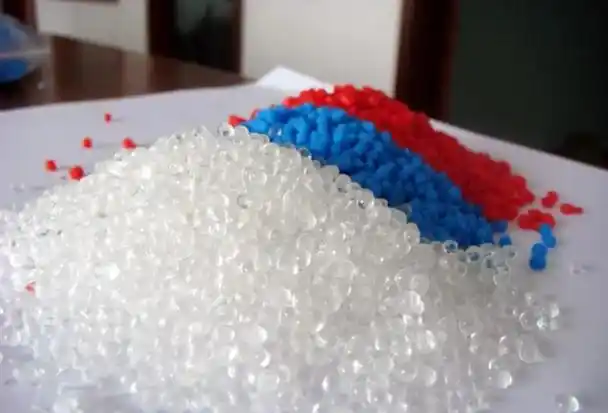
4. Mould Design and Geometry Factors
The design of the mould and the geometry of the part play an equally vital role in preventing brittleness. Poor design amplifies stress concentrations and cooling imbalances.
| Design Issue | Effect on Part | Root Cause | Preventive Measure |
|---|---|---|---|
| Sharp corners or thin-to-thick transitions | Local stress concentration, crack initiation. | Abrupt geometry changes lead to uneven stress distribution. | Add fillets, maintain uniform wall thickness. |
| Undersized gates or runners | High shear at entry, material degradation. | Restricted flow area increases shear heat. | Enlarge gate or use fan-gate design to distribute stress. |
| Uneven wall thickness | Differential cooling and shrinkage. | Thick areas cool slower, creating internal tension. | Re-design for uniform thickness or balanced cooling. |
| Poor venting | Trapped gas causes weak spots or voids. | Air cannot escape, resulting in micro-defects. | Add vents near the end of flow path. |
| Inadequate draft angle | Demoulding stress and surface tearing. | High friction during ejection. | Increase draft angle and polish cavity surfaces. |
The mould should promote uniform flow, balanced cooling, and stress relief. Any area that traps heat or restricts melt flow becomes a potential site for brittleness. Computer-aided flow simulation during design can reveal potential hot spots, weld lines, or air traps before cutting the steel, saving extensive troubleshooting later.
5. Environmental and Post-Mould Factors
Brittleness does not always originate during moulding. It can also emerge after production due to environmental conditions, ageing, or misuse during storage and assembly.
| Factor | Description | Effect | Prevention |
|---|---|---|---|
| Environmental stress cracking (ESC) | TPE exposed to chemicals while under tension. | Fine surface cracks or sudden failure. | Select ESC-resistant grades, avoid contact with oils and solvents. |
| UV or thermal ageing | Exposure to sunlight or high temperature degrades polymer chains. | Hardening, colour change, cracking over time. | Add UV stabilisers, use protective coatings, store away from heat. |
| Plasticiser loss or migration | Volatile components evaporate or migrate. | Reduced flexibility and surface roughness. | Use stable plasticisers, ensure proper curing. |
| Improper storage or mechanical stress | Parts stored under load or bent shape. | Micro-cracks before use, premature breakage. | Store flat, avoid compressive stress, maintain humidity control. |
| High humidity and temperature cycling | Absorption/desorption cycles cause internal stress. | Dimensional instability, crack propagation. | Condition parts before use, package in moisture-controlled bags. |
Environmental brittleness is particularly insidious because it often appears weeks or months after manufacturing. The product may pass inspection yet fail prematurely in the field. Conducting accelerated ageing tests and environmental resistance evaluations is therefore vital in product validation.
6. The Interrelationship Between Factors
Brittleness rarely results from a single variable. Instead, it is a synergistic effect of material degradation, process imbalance, and stress concentration. For instance, a slightly degraded material combined with a mould that cools unevenly and a high ejection speed can collectively create brittle parts, even though each factor alone might not be critical.
In industrial practice, a root-cause analysis often reveals a “chain of failure” such as:
Moisture in material → micro-voids → residual stress after fast cooling → brittle fracture.
Narrow gate design → excessive shear → polymer degradation → reduced ductility.
Excess regrind + short cooling time → poor molecular orientation → low impact strength.
Understanding this interconnection helps engineers take a holistic approach rather than treating symptoms in isolation. Consistency and control across all production stages are the most effective tools against brittleness.
7. Testing and Diagnosis
To confirm the source of brittleness, testing is indispensable. A comprehensive analysis combines visual inspection, mechanical testing, and microscopic examination.
Common diagnostic methods include:
Visual and tactile inspection: Detect whitening, cracks, or surface stress marks.
Tensile and impact tests: Compare elongation at break and impact energy to reference data.
Microscopic examination: Identify micro-voids, crazing, or degraded zones.
Melt flow index (MFI) testing: Lower MFI than expected indicates degradation.
Thermal analysis (DSC, TGA): Detect changes in crystallinity or decomposition onset.
Chemical analysis (FTIR): Reveal oxidation or contamination.
Testing enables targeted action instead of guesswork. For instance, a lower elongation with unchanged hardness might indicate processing stress, while both reduced elongation and hardness imply material degradation.

8. Preventive Best Practices
To prevent TPE brittleness systematically, follow these comprehensive best practices:
Material Management
Choose grades with appropriate mechanical and environmental resistance.
Store resins in sealed containers away from humidity.
Always pre-dry material if recommended by the supplier.
Control the amount of regrind and mix it evenly with virgin material.
Avoid mixing different TPE families unless compatibility is verified.
Process Control
Maintain proper melt temperature; neither too low nor too high.
Monitor barrel residence time and avoid stagnation.
Optimise injection pressure and speed for uniform fill.
Apply adequate packing and holding to eliminate voids.
Allow sufficient cooling; avoid over-cooling that locks residual stress.
Record process parameters for every batch to trace variations.
Mould and Design Optimisation
Design for smooth flow and uniform wall thickness.
Place gates to ensure balanced filling and minimal weld lines.
Incorporate fillets and radii to reduce stress concentration.
Control mould temperature with efficient cooling channels.
Provide sufficient draft angles to prevent stress during ejection.
Post-Processing and Storage
Demould at the right temperature; not too hot or too cold.
Inspect every batch visually for cracks or whitening.
Avoid exposure to direct sunlight or heat sources.
Package and store parts under controlled humidity and temperature.
If required, apply UV-resistant coatings or stabilisers.
9. Case Study Example
A manufacturer of soft-touch handles observed sudden brittleness in TPE over-moulded parts. The parts cracked when assembled onto the rigid substrate. After analysis, the causes were:
The TPE material was processed at a lower melt temperature than recommended, causing incomplete bonding and residual stress.
The cooling system was too aggressive, resulting in internal stress and poor adhesion.
The mould gate was undersized, generating excessive shear.
After increasing the melt temperature by 15 °C, redesigning the gate to a fan type, and lengthening the cooling cycle by 2 seconds, the brittleness disappeared. The elongation at break improved by 40 % and scrap rate dropped below 2 %. This case demonstrates that process and design optimisation together can resolve brittleness even without changing the material.
10. Long-Term Durability and Ageing Considerations
Even when parts pass immediate quality tests, they must endure in service. Over time, TPEs can embrittle due to oxidation, UV exposure, or thermal stress. The polymer backbone may degrade, leading to hardening and cracking. To ensure longevity:
Use UV stabilisers such as hindered amine light stabilisers (HALS) or UV absorbers.
Conduct accelerated ageing tests at elevated temperatures and humidity.
Add antioxidants to resist oxidative degradation.
Design for flexibility, avoiding high localised stress in service.
Regular monitoring and material validation prevent costly product failures years later.
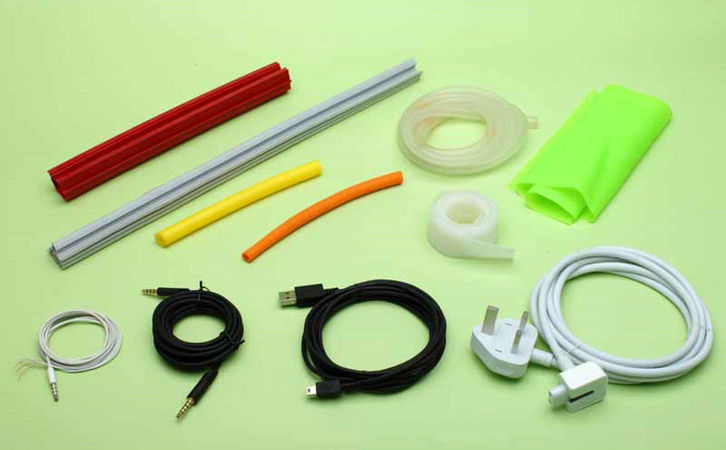
11. Troubleshooting Framework
When brittleness appears, follow a systematic troubleshooting sequence:
Check material: Verify batch number, moisture level, regrind content, and physical appearance.
Check process data: Compare melt temperature, cycle time, and injection pressure to standard settings.
Inspect mould condition: Look for wear, damage, or contamination in gates and runners.
Evaluate cooling: Measure temperature uniformity across mould zones.
Examine part design: Identify thin areas, sharp corners, or over-stressed zones.
Test mechanical properties: Record tensile and impact strength changes.
Simulate service environment: Expose parts to real-use chemicals, heat, and UV to see if brittleness accelerates.
Implement corrective action: Adjust parameters, change material, or modify design accordingly.
This logical framework prevents random parameter changes and leads to faster, data-based solutions.
12. Summary
Brittleness in TPE injection-moulded products results from a delicate balance between material integrity, process optimisation, mould design, and environmental stability. Any weakness in one element can lead to a chain reaction causing part failure. The essential strategies are:
Keep the polymer chains intact by controlling temperature and shear.
Maintain balanced mould design for uniform flow and cooling.
Ensure adequate packing and cooling times to relieve stress.
Select suitable material grades for the intended service conditions.
Monitor every production variable systematically.
By implementing these principles, manufacturers can achieve durable, flexible, and high-quality TPE parts with minimal brittleness.
13. Frequently Asked Questions
Q1: Why does my TPE part crack immediately after demoulding?
It is likely ejected too early or cooled too rapidly, causing internal stresses. Extend the cooling time and maintain uniform mould temperature.
Q2: Does using more filler make the TPE stronger?
Not necessarily. Excess filler may increase stiffness but also introduces stress points, making the product more brittle. Always test mechanical performance after formulation changes.
Q3: Can moisture alone cause brittleness?
Yes. Moisture can hydrolyse certain components and create micro-voids, weakening the structure. Always dry hygroscopic materials before processing.
Q4: How can I improve flexibility without changing material?
Adjust process conditions to reduce internal stress: lower injection pressure slightly, increase mould temperature, and extend cooling time.
Q5: Is brittleness reversible after moulding?
Once molecular chains are broken, brittleness cannot be reversed. However, if it is due to residual stress, annealing or conditioning may partially restore flexibility.
Q6: How does UV light affect TPE parts?
Prolonged UV exposure causes oxidation and chain scission, leading to embrittlement. Use stabilised grades or protective coatings for outdoor applications.
Q7: What is the best way to test TPE brittleness?
Perform tensile, flexural, and impact tests along with visual inspection and DSC analysis to evaluate mechanical and thermal stability.
Conclusion
Preventing brittleness in TPE injection-moulded products requires comprehensive control over every stage of production. From selecting the correct compound to optimising mould design and environmental conditions, each detail contributes to product reliability. Maintaining material integrity, balanced process parameters, and proper design principles is the key to achieving resilient, long-lasting TPE components. With systematic attention to these factors, manufacturers can eliminate brittleness, enhance customer satisfaction, and ensure consistent high-quality output across all production runs.

